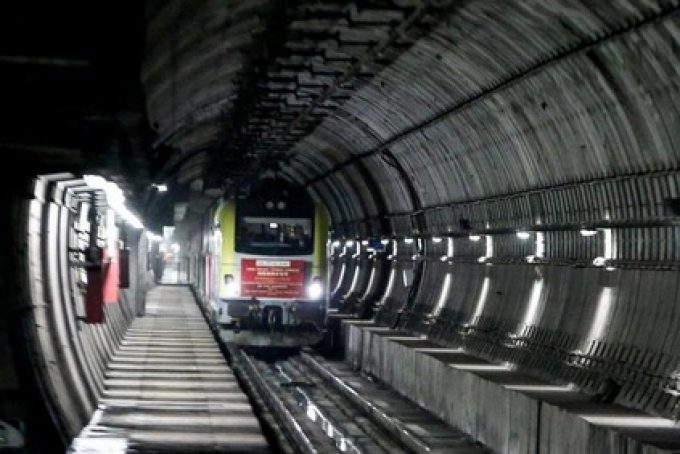Turkey moves to close EU loophole with its own emissions trading scheme
The government of Turkey is moving forward with its own carbon pricing scheme, comparable with ...

China-Europe rail freight volumes have passed last year’s total, while tension on the Poland-Belarus border has seen alternative routes jostling for favour.
According to China Railway, between January-October there were 12,605 train trips, carrying 1.22m teu, up respectively 26% and 33% year on year, beating 2020’s 1.14m teu.
The railway operator noted there were proportionately more return trips in the first 10 months than last year, with inbound services rising to 81% of outbound.
The number of new services also increased, accounting for ...
Maersk u-turn as port congestion increases across Northern Europe
Maersk Air Cargo sees volumes fall as it aims for 'margin in favour of revenue'
Keep our news independent, by supporting The Loadstar
Container spot rates diverge: to Europe still falling, but firmer to the US
Hapag-Lloyd won't take bookings if port congestion leaves cargo stranded
Ecommerce likely the front-runner in resurge of transpacific trade after deal
Airfreight players eye new routes as demand on the transpacific nosedives
China-US trade tariff pause could drive a rebound for transpacific rates
Service chaos from trade ban with India a problem for Pakistan shippers
Airfreight rates ex-China 'loss-making', but hopes of a trade deal stay high
Indian coastal freight attracts major carriers, but regional tension disrupts
Serious threat to jobs in US logistics as tariffs cause economic 'stagflation'
APMM floats along on 'solid' Q1 profitability in Ocean, well prepared for choppy water
MSC in terminal switch as Nhava Sheva gets strong start to new fiscal year
White House u-turns see freighters flying but keep logistics players on their toes
Carriers impose 'emergency operation' surcharges on Pakistan cargo

Comment on this article